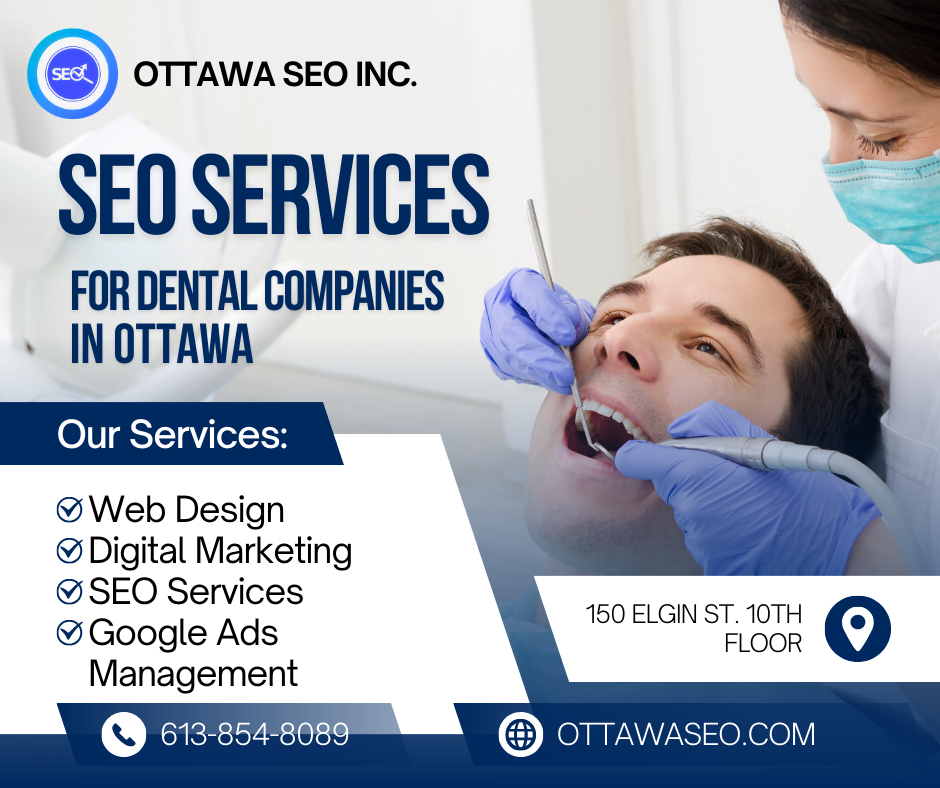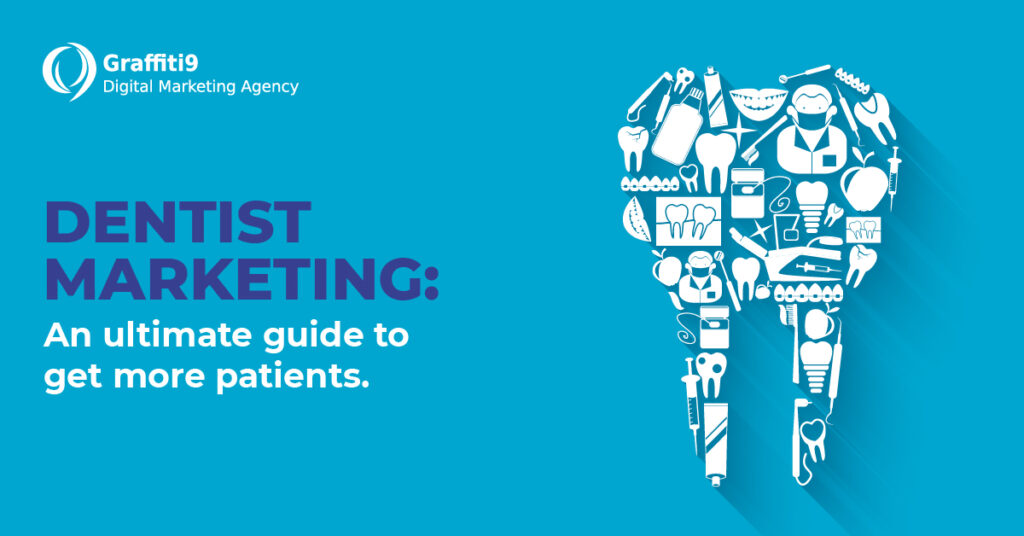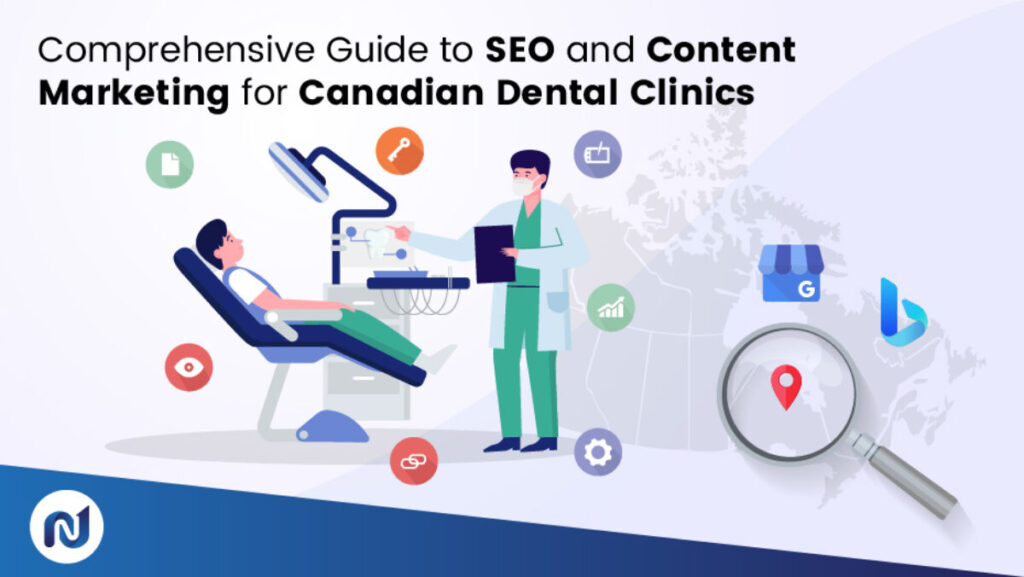Looking to capture the local market? You’re in the right place. In this article, we will explore powerful SEO strategies specifically designed for dentists and orthodontists. Whether you’re a solo practitioner or part of a dental group, implementing effective SEO techniques can greatly impact your online visibility and attract more potential patients to your practice. We’ll delve into the world of local SEO, discussing tips and tricks to optimize your website and content to reach the right audience in your area. Stay tuned to discover how to make your dental practice stand out in the digital landscape!
Understanding Local SEO
Local SEO, or Local Search Engine Optimization, is the practice of optimizing a website to improve its visibility and ranking in local search engine results. It involves strategies and techniques specifically designed to target potential customers in a specific geographic area. When it comes to dentists, local SEO is essential for attracting and connecting with local patients who are actively searching for dental services in their area.

What is local SEO?
Local SEO focuses on optimizing a dental practice’s online presence to appear in local search queries. It helps dentists increase their visibility in search engine results pages (SERPs) for queries related to dentistry in their specific location. By optimizing for local search, dentists can improve their chances of appearing in the coveted “Local Pack” or “Map Pack,” which is the prominent listing of businesses that appears above organic search results in Google.
Importance of local SEO for dentists
For dentists, local SEO is crucial for several reasons. Firstly, it helps dentists reach their target market effectively. When potential patients search for dental services in their area, they are more likely to choose a local dentist. By implementing local SEO strategies, dentists can ensure that their practice is visible to these potential patients. Secondly, local SEO helps build trust and credibility. When a dental practice appears in the “Local Pack” or has positive reviews and ratings, it instills confidence in potential patients, increasing the likelihood of them choosing that practice. Lastly, local SEO is cost-effective and yields high returns on investment. Compared to traditional advertising methods, such as print ads or billboards, local SEO allows dentists to target a specific audience, resulting in higher conversion rates and increased revenue.

Benefits of local SEO for dentists
Local SEO offers numerous benefits for dentists. It helps dentists increase their online visibility, making it easier for potential patients to find them. By appearing in local search results, dentists can attract new patients and grow their practice. Local SEO also improves the quality of website traffic, as it targets users who are actively seeking dental services in a specific location. This increases the likelihood of converting website visitors into patients. Additionally, local SEO helps dentists build a strong online reputation. Positive reviews, high ratings, and consistent NAP (Name, Address, Phone) information across various platforms create a reputable and trustworthy image for the dental practice. Finally, local SEO provides a competitive advantage. By implementing effective local SEO strategies, dentists can outrank their competitors in search results and establish themselves as the go-to dental practice in their area.
Keyword Research
Keyword research is a vital part of any SEO strategy, including local SEO for dentists. It involves identifying and selecting relevant keywords that potential patients may use when searching for dental services in a specific location.
Choosing dental keywords
When choosing keywords for dental SEO, it’s important to consider both the dental services offered and the location. Start by identifying general dental keywords, such as “dentist” or “dental clinic,” and then narrow it down by adding location-specific modifiers, such as “dentist in [city].” This helps target local patients who are searching for dental services in their area.
Long-tail keywords for local targeting
Long-tail keywords are specific keyword phrases that typically consist of three or more words. They are valuable for local SEO as they have lower competition and are more targeted. For example, instead of targeting “dentist in [city],” you can target “family dentist in [city]” or “cosmetic dentist in [city].” By incorporating long-tail keywords into your content, you can align with the specific needs and preferences of your local audience.
Using keyword research tools
There are various keyword research tools available that can help dentists identify relevant keywords for their local SEO efforts. Google Keyword Planner, SEMrush, and Moz Keyword Explorer are popular tools that provide insights into search volumes, competition levels, and related keywords. These tools can help dentists understand which keywords are worth targeting and optimize their content accordingly.

Optimizing Website
For local SEO to be effective, it’s essential to optimize the dental practice’s website. Here are some key strategies for optimizing the website for local search:
Creating location-specific landing pages
Creating location-specific landing pages is an effective way to target different areas or neighborhoods within a city. Each landing page should have unique and relevant content tailored to the specific location. This allows the dental practice to rank for specific keywords related to that location and increases the chances of appearing in local search results.
Using geo-targeted keywords
In addition to optimizing landing pages, it’s important to incorporate geo-targeted keywords throughout the website. Include the city or region name in page titles, headings, meta descriptions, and content. This helps search engines understand the geographical relevance of the website and improves its visibility in local search results.
Improving website loading speed
Website loading speed plays a significant role in user experience and search engine rankings. A slow-loading website can result in high bounce rates and lower rankings. Dentists should optimize their website by compressing images, minimizing HTTP requests, and leveraging browser caching to improve loading speed.
Optimizing for mobile devices
With the increasing use of smartphones, it’s crucial for dental practice websites to be mobile-friendly. Optimizing for mobile devices ensures that the website is accessible and user-friendly on smartphones and tablets. This improves the user experience and also enhances the website’s visibility in mobile search results.
Implementing schema markup
Schema markup is a code added to the website that provides search engines with additional information about the content, such as business hours, contact information, and reviews. Implementing schema markup helps search engines understand the context of the website and can lead to improved visibility, enhanced search engine results snippets, and increased click-through rates.
Google My Business Optimization
Google My Business (GMB) is a free tool provided by Google that allows businesses to manage their online presence on Google. GMB optimization is crucial for dentists to improve their visibility in local search results and attract potential patients.
Setting up and claiming your dental practice listing
The first step in GMB optimization is to set up and claim your dental practice listing. Visit the Google My Business website and follow the steps to create a new listing. Make sure to provide accurate and up-to-date information, including the practice name, address, phone number, and website URL. Verify your listing through the verification process to gain full access and control over your listing.
Optimizing GMB profile information
Once your GMB listing is claimed, optimize the profile information to make it more informative and appealing to potential patients. Add detailed descriptions of your dental services, include relevant keywords, and highlight any unique features or specialties of your practice. Ensure that your NAP information is consistent with what is listed on your website and other directories.
Getting patient reviews and ratings
Patient reviews and ratings play a crucial role in building credibility and attracting new patients. Encourage your satisfied patients to leave reviews on your GMB listing. Respond to both positive and negative reviews in a timely and professional manner, showing potential patients that you value their feedback. Always strive to provide excellent service to ensure positive reviews and ratings.
Posting regular updates and offers
Posting regular updates and offers on your GMB listing helps keep it fresh and engaging. Share news, announcements, and promotions to keep potential patients informed and interested. This shows that your dental practice is active and up-to-date with the latest information, contributing to a positive impression and potentially attracting new patients.

Local Citations and Directories
Local citations and directories are online platforms that list business information, including NAP (Name, Address, Phone) information. Optimizing local citations and directories is essential for dentists to increase their online visibility and improve local search rankings.
Submitting to dental directories
Start by submitting your dental practice to relevant dental directories. These directories are specifically tailored to the dental industry and provide targeted exposure to potential patients. Ensure that your NAP information is consistent across all directories.
Consistency in NAP information
Consistency in NAP information is critical for local SEO. Make sure that your practice’s NAP information is consistent across your website, GMB listing, and other online directories. Inconsistencies in NAP information can confuse search engines and potentially harm your local search rankings.
Monitoring and managing online citations
Regularly monitor and manage your online citations to ensure their accuracy and relevance. Be proactive in updating your information, responding to any changes, and correcting any inaccuracies. There are citation management tools available that can help streamline this process and ensure consistent NAP information across various platforms.
Optimizing for Voice Search
With the rise of voice assistants like Siri, Alexa, and Google Assistant, optimizing for voice search has become increasingly important for dentists. Voice search queries often have a conversational tone and are more likely to be locally-focused.
Understanding the rise of voice search
Voice search is becoming more popular as people find it convenient and time-saving. Understanding this trend and adapting your SEO strategy to target voice search can give your dental practice a competitive advantage. Voice search queries often contain question words like “what,” “where,” “when,” and “how,” so optimizing your content to answer these types of queries can enhance your visibility in voice search results.
Creating conversational content
To optimize for voice search, create content that answers commonly asked questions related to dental services. Use a conversational tone and structure your content in a question-and-answer format. Include long-tail keywords and natural language that aligns with how people speak when using voice search.
Optimizing for local voice searches
To optimize for local voice searches, incorporate location-specific keywords and phrases into your content. Reference the city or region in your content to align with the dental services people are searching for in their local area. Additionally, optimizing your GMB listing and ensuring consistent NAP information across online directories can help improve your visibility in local voice search results.

Utilizing Online Reviews and Testimonials
Online reviews and testimonials are powerful tools for building trust and credibility for your dental practice. Actively utilizing and managing online reviews can significantly impact your local SEO efforts.
Encouraging patients to leave reviews
Encourage your patients to leave reviews on platforms like Google, Yelp, and Healthgrades. Develop a system or process to ask patients for reviews, such as sending follow-up emails or providing review cards at the end of their appointment. Offer incentives or rewards for leaving reviews to further incentivize your patients.
Managing and responding to reviews
It’s crucial to manage and respond to both positive and negative reviews. Responding to positive reviews shows appreciation and acknowledges the efforts of your patients. Responding to negative reviews demonstrates your commitment to resolving issues and improving patient experience. Address any concerns or criticisms professionally and aim to find a resolution.
Showcasing testimonials on website
In addition to online reviews, showcase patient testimonials on your website. Testimonials provide social proof and reinforce the positive reputation of your dental practice. Ask satisfied patients if they would be willing to provide a testimonial and feature them prominently on your website to highlight the positive experiences of your patients.
Social Media Marketing
Social media marketing is an excellent platform for dentists to engage with their local community, increase brand awareness, and attract new patients.
Choosing the right social media platforms
Start by choosing the social media platforms that align with your target audience and objectives. Facebook is a popular platform for dental practices, as it allows for community engagement and provides various advertising options. Instagram and Pinterest are visual platforms that can showcase before-and-after photos, while LinkedIn can be effective for connecting with other dental professionals.
Engaging with the local dental community
Engage with the local dental community by joining dental groups, participating in discussions, and sharing relevant content. Establish yourself as a thought leader by providing valuable insights and information. Collaborate with other local dental professionals and cross-promote each other’s content to expand your reach and increase your influence within the local dental community.
Sharing informative and engaging content
Share informative and engaging content on your social media platforms to educate your audience and keep them informed about dental health topics. Share oral hygiene tips, dental care advice, and updates about your practice. Incorporate visual content, such as images and videos, to make your posts more engaging and shareable.
Running targeted ad campaigns
Utilize targeted ad campaigns on social media platforms to reach a specific audience. Define your target demographic, such as age, location, and interests, and create ads that appeal to that audience. Promote special offers, discounts, or new services to attract potential patients to your dental practice.
Local Link Building
Link building is an essential component of SEO, and local link building focuses on acquiring relevant and authoritative links from local websites, businesses, and organizations.
Building relationships with local businesses
Build relationships with other local businesses and organizations to create opportunities for link building. Look for local business directories, local bloggers, and chamber of commerce websites, seeking opportunities to guest post or collaborate on content. Partnering with local businesses for cross-promotional activities can also lead to natural link building opportunities.
Guest blogging on local websites
Reach out to local websites and offer to write guest blog posts on dental-related topics. Guest blogging allows you to showcase your expertise, expand your online presence, and gain valuable links back to your website. Make sure the websites you target are reputable and relevant to the local community.
Joining local dental associations
Joining local dental associations can provide opportunities for link building. Many dental associations have directories or member pages where you can add your practice’s information and gain relevant backlinks. Additionally, participating in local dental association events and activities can help you network with other professionals and potentially acquire influential links.
Tracking and Analyzing SEO Performance
Tracking and analyzing the performance of your local SEO efforts is essential to measure the effectiveness of your strategies and identify areas for improvement.
Using Google Analytics
Set up Google Analytics to track website traffic, user behavior, and conversions. Monitor key metrics such as organic traffic, bounce rate, time on page, and conversion rates. Analyzing these metrics can provide valuable insights into the performance of your local SEO efforts and help you make data-driven decisions.
Monitoring keyword rankings
Regularly monitor your keyword rankings to see how well your website is performing in local search results. Keep track of your target keywords and their positions in search engine result pages (SERPs). Adjust your SEO strategies as needed to improve rankings and target new keywords that align with your local audience.
Analyzing website traffic and conversions
Analyze your website traffic and conversions to gauge the effectiveness of your local SEO efforts. Look for trends, patterns, and areas of improvement. Determine which pages are driving the most traffic, which keywords are generating the most conversions, and which landing pages are performing the best. Use this information to optimize your website and improve your local SEO strategy.
In conclusion, understanding local SEO and implementing effective strategies can greatly benefit dentists by increasing their online visibility, attracting local patients, and improving their overall online reputation. By optimizing their website, claiming and optimizing their Google My Business listing, managing online reviews, utilizing social media marketing, and implementing other local SEO techniques, dentists can capture the attention of their local market and grow their practice. Regular tracking and analysis of SEO performance ensure ongoing success and continuous improvement.

